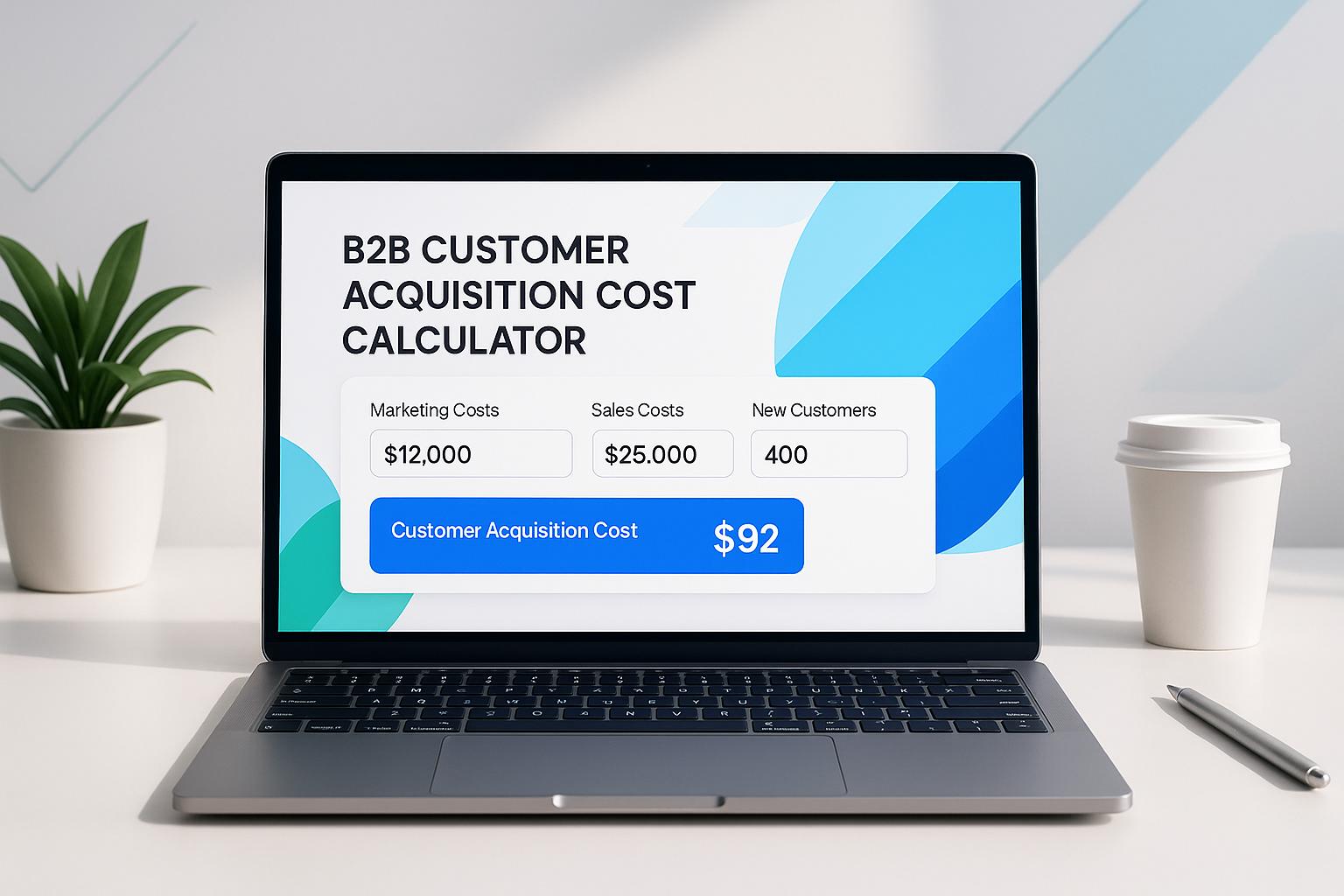
Running a B2B business comes with unique challenges, especially when it comes to figuring out the true expense of gaining new clients. Knowing how much you’re spending to bring in each customer is crucial for budgeting and scaling effectively. That’s where a tool like our B2B customer cost calculator comes in handy—it simplifies the math and gives you actionable insights.
In the B2B world, sales cycles can stretch over months, and marketing efforts often require a hefty investment. Whether it’s crafting targeted campaigns or nurturing leads through personalized outreach, these costs add up. By breaking down your total spend and comparing it to the number of clients gained, you get a clear picture of efficiency. This metric isn’t just a number; it’s a window into how well your strategies align with your growth goals.
Armed with this information, you can spot areas to optimize. Maybe your paid ads aren’t delivering, or perhaps your sales process needs streamlining. Whatever the case, having a handle on these figures empowers you to allocate resources smarter and boost profitability over time. Dive into our free tool today and take the guesswork out of your business planning.
Great question! Customer acquisition cost, or CAC, is the total amount you spend on marketing and sales to bring in a new customer. For B2B companies, this often includes things like ad campaigns, content creation, sales team salaries, and trade show expenses. Basically, you add up all those costs over a specific period, then divide by the number of new clients you gained in that time. Knowing your CAC helps you figure out if your strategies are cost-effective or if you need to tweak your approach.
Don’t worry—there are a lot of reasons this could happen, and it’s not necessarily a bad thing. B2B sales cycles are often longer and more complex, so your marketing and sales efforts might take more time and money upfront. If you’re targeting a niche market or offering a high-ticket product, your costs will naturally be higher too. The key is to look at CAC alongside customer lifetime value (CLV). If your customers stick around and bring in significant revenue over time, a higher CAC might be totally justified.
Lowering your CAC starts with analyzing where your money’s going. Are you spending a ton on ads that aren’t converting? Maybe it’s time to refine your targeting or shift to organic channels like content marketing. On the sales side, training your team to close deals faster can make a big difference. Also, consider referral programs or partnerships—existing clients can often bring in new ones at a fraction of the cost. Use this calculator regularly to track changes and see what’s working!